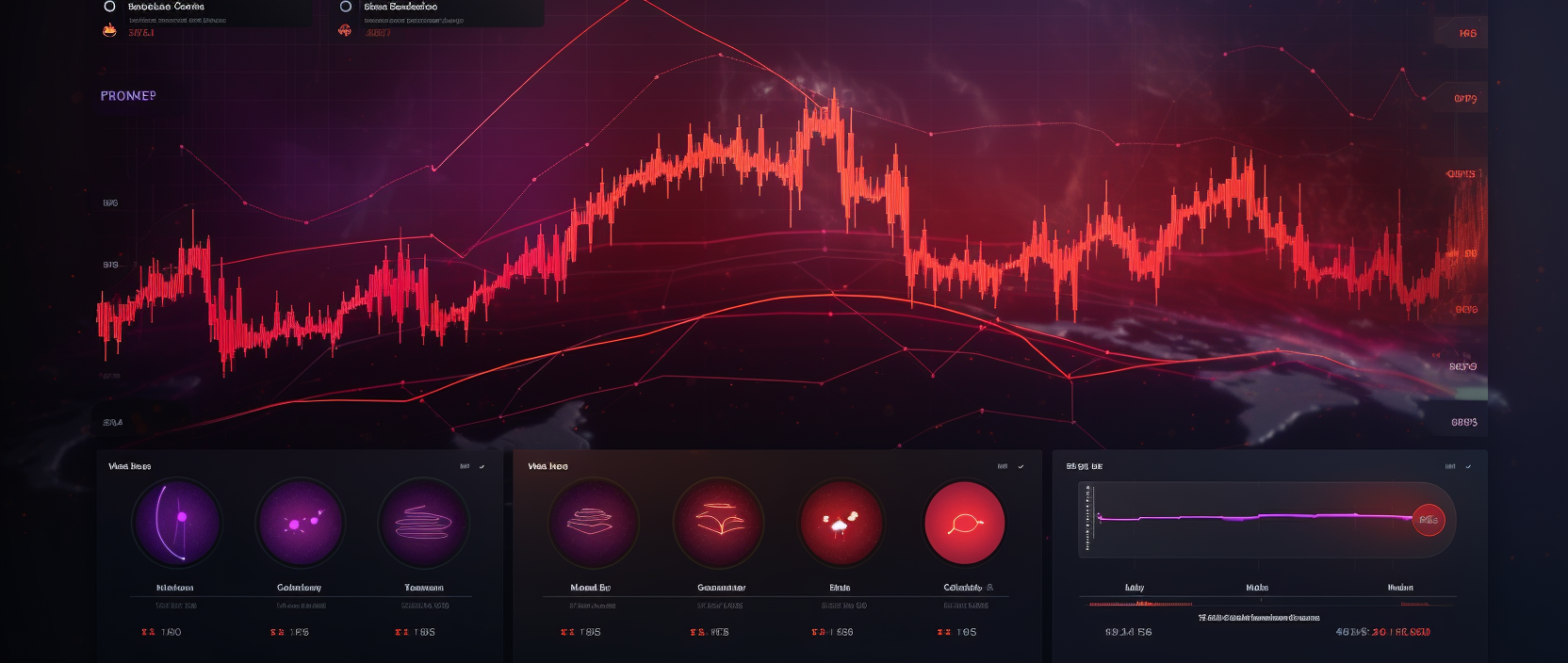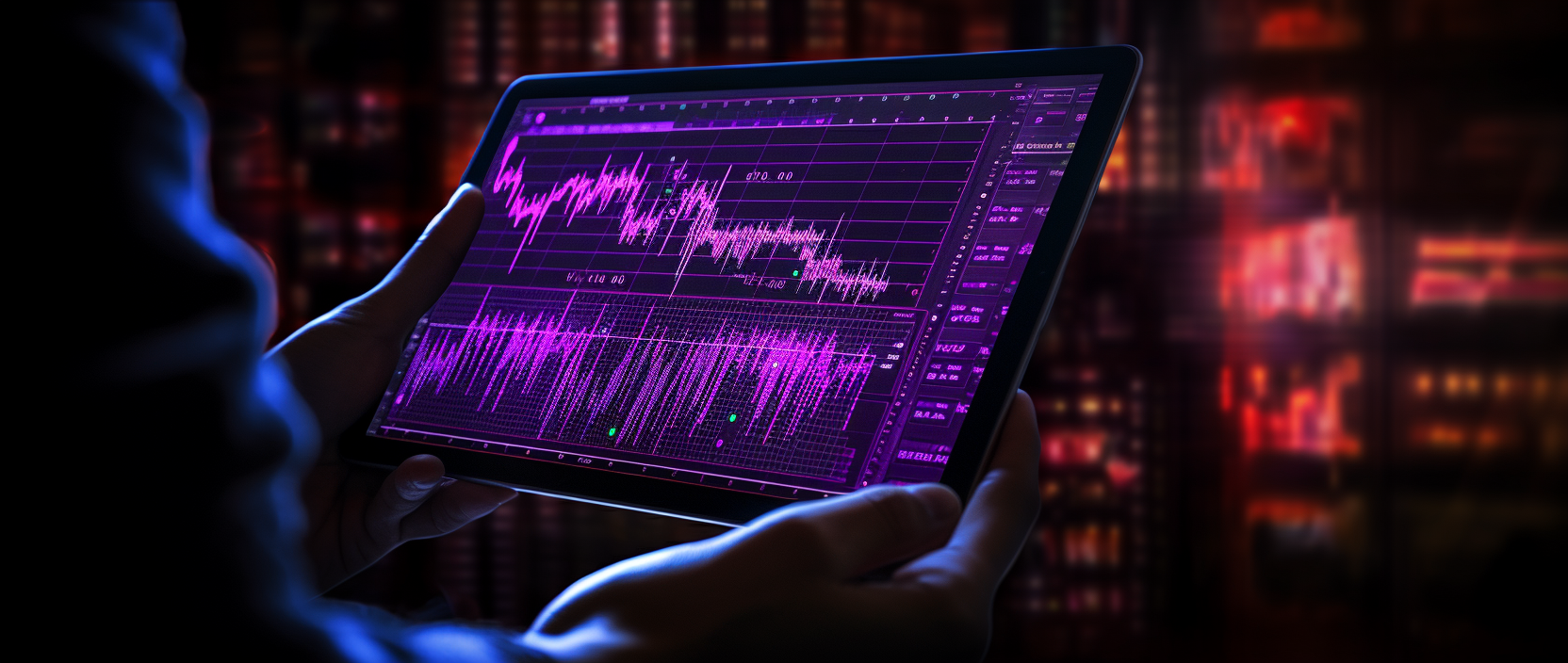Decentralized Finance (DeFi) has become one of the most discussed directions in the world of cryptocurrencies and blockchain technologies. This concept represents a completely new way of organizing financial operations, where intermediaries and centralized institutions are not required. In this context, Automated Market Maker (AMM) takes center stage. Let's explore what AMM is and how it is changing the world of finance.

Introduction to AMM
In traditional exchanges, buy and sell orders are determined by the price at which the seller is willing to sell their assets and the price at which the buyer is willing to pay. However, on decentralized exchanges that operate on the blockchain, this approach is not always possible, and AMM solves this problem by offering an alternative way of determining prices. Instead of orders determining the price, Automated Market Maker uses an algorithm to automatically set prices based on supply and demand.
AMM utilizes a special contract called a liquidity pool, which contains reserves of cryptocurrencies. When someone wants to buy or sell cryptocurrency, they do so through this contract. AMM automatically adjusts the price based on the current volumes of buying and selling, relying on a specific algorithm. This allows for more efficient and faster trading and reduces the spread between buying and selling.
The main advantages of AMM are:
| Feature | Description |
|---|---|
| Decentralization | AMM operates in a decentralized mode, meaning that trading participants are not dependent on a centralized exchange and do not need to trust the exchange operator. |
| Low Fees | Thanks to the fact that AMM does not require a centralized exchange operator, trading fees on AMM are usually lower than on centralized exchanges. |
| Liquidity | Provides high liquidity, as any participant can add their funds to the pool and receive a percentage of the transaction fees that occur in that pool. |
| Fast Transaction Processing | Because AMM operates on the blockchain, transactions are processed quickly and without delays. |
In summary, AMM represents an innovative way of creating blockchain-based exchanges that can change the way people trade cryptocurrencies.
How Automated Market Maker Works
The core concept behind AMM is the automatic establishment of prices based on an algorithm. Instead of using exchange orders and settlement processes, AMM uses smart contracts to determine the price of an asset. The most popular AMM protocols include:
Each of the listed protocols has its own price-setting algorithm.
AMM pools combine participants who provide liquidity (LP) and trading parties. LP participants place their assets in a special pool, which is managed by an automated AMM smart contract. This contract determines asset prices based on the "balance sheet" principle. For example, if there is an equal amount of Ethereum (ETH) and Stablecoin (USDC) in the pool, the price of ETH will be determined by the amount of USDC, and vice versa.
After the transaction, the pool balance is recalculated according to the new circumstances, and the price of assets automatically changes.

Risks and Limitations of AMM
Despite the numerous advantages associated with AMM, it is important to remember the risks and limitations of this technology.
Impermanent Loss
Liquidity providers in AMM pools may encounter so-called "impermanent losses." This occurs when the price of assets in the pool changes, resulting in a loss of value compared to what they could have received by simply holding their assets. Impermanent losses can be particularly significant during market volatility.
Slippage
Due to the algorithmic price determination on AMM platforms, the price of assets may slightly differ from prices on centralized exchanges. This can create arbitrage opportunities but may also lead to traders seeing price differences between platforms.
Security
Smart contracts used in AMM are susceptible to vulnerabilities and hacks. Past incidents, such as fund leaks from contracts, underscore the importance of thorough contract auditing and security.
AMM is an important innovation in the world of decentralized finance, providing market participants with easy access to liquidity, low fees, and an automated trading process. However, as with any new technology, it is important to be mindful of the risks and limitations associated with AMM and take steps to minimize potential losses. As decentralized finance continues to evolve, AMM will continue to play a key role in creating more open and accessible financial markets for everyone.




